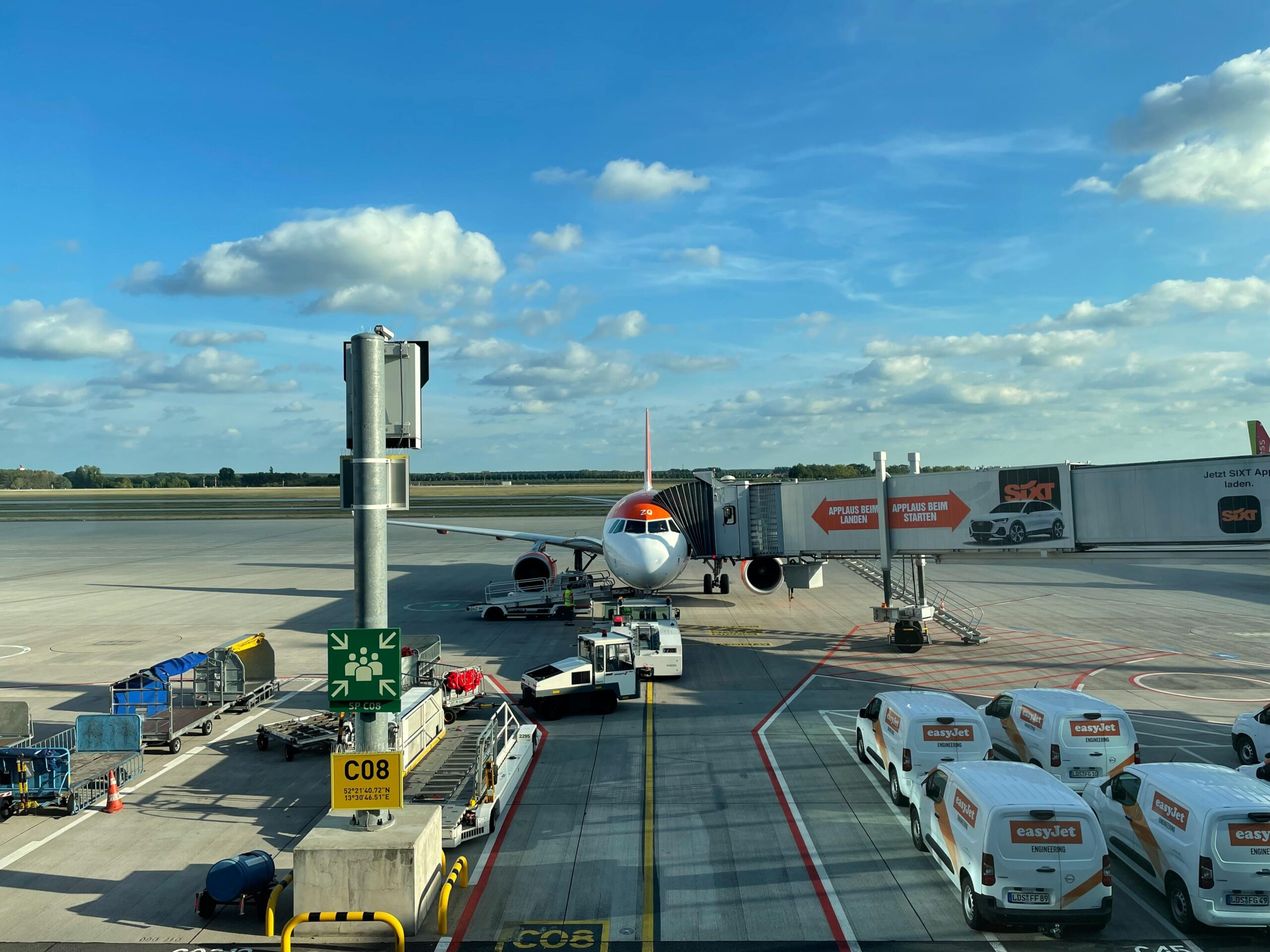
19th November, 2024: As a symbol of disappointing infrastructure delivery, Berlin Brandenburg airport stands tall. Originally set to open in October 2011, by 2016, the airport was still lying unused. Its press spokesman was promptly fired after his unadorned assessment of the state of play. “Only someone dependent on medication will give you any firm guarantees for this airport,” he declared.
The historic inefficiencies of the AEC sector, in transport and beyond, are well known. It has been amongst the slowest sectors to go digital, and a laggard when set against sectors such as retail and manufacturing.
In 2022, the Institution of Civil Engineers (ICE), the UK’s prestigious professional body, stated in its “Infrastructure in 2023: a horizon scan of the year ahead for civil engineering” report that, while individual programmes had demonstrated outstanding examples of digitalisation good practice, the sector as a whole had yet to realise the potential of a data-led, digital way of working. “To date, progress has been on a project-by-project basis, driven by specific requirements, ambitions and technologies,” it said. “There is no overarching vision to ensure that the industry moves forward in the most productive and useful way for society.”
Of course, the woes that beset major transport programmes are not all on the dire scale of Berlin Brandenburg, which finally opened in May 2020, 14 years after construction started, 29 years after planning begun – and during the pandemic.
But, if our critical transport assets are to be designed, built, and maintained in the most productive, efficient and safest way and if we are, as a sector, to successfully respond to major challenges such as climate change then getting the most out of technology is critical.
Flying high with digital at Sydney Airport
Those transport owner operators leading the pack, show what can be achieved with the right digital tools and processes in place. Take, for example, Sydney Airport which Bentley Systems and Cohesive (Cohesive is a Bentley company) have been supporting to realise its vision of a live digital simulation of its entire site.

”If these users were to access the platform just once a day, they would save 5,280 hours per year.."
Blog author:








